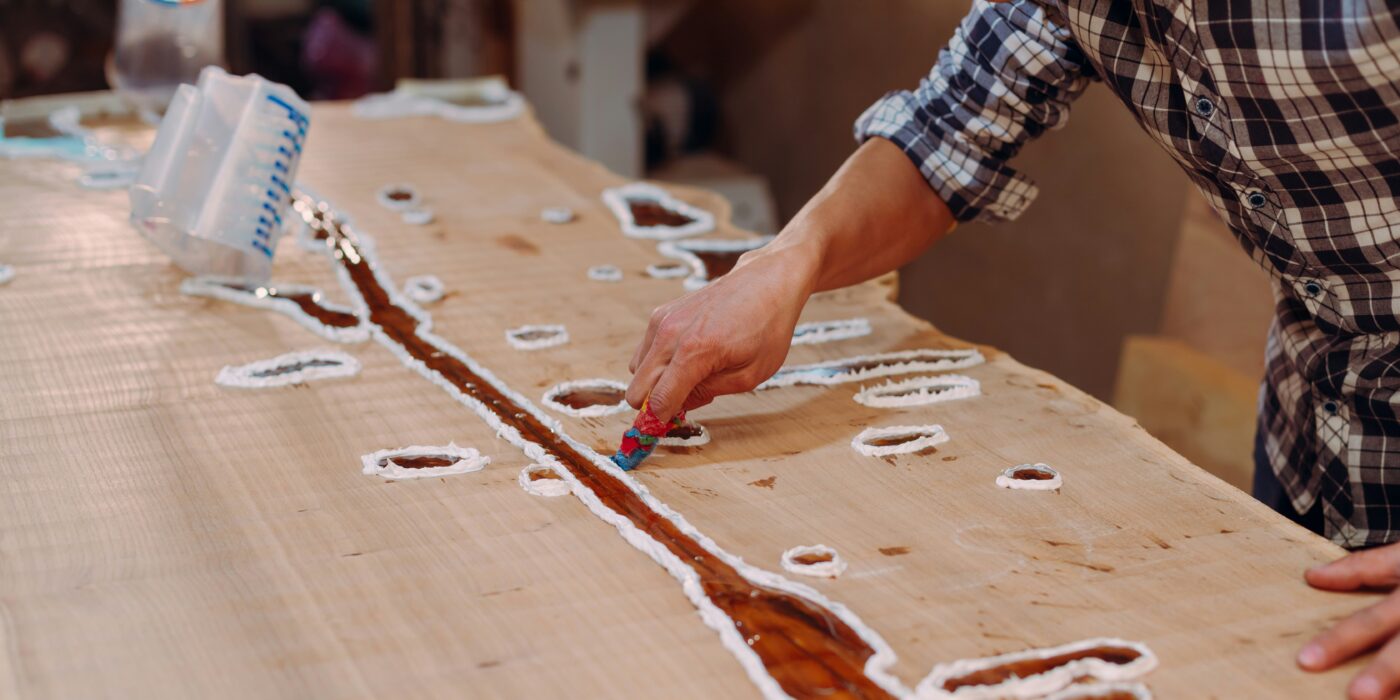Epoxy resin has taken the crafting and DIY world by storm. Its versatility, durability, and stunning finish make it a favorite among artists, builders, and hobbyists alike. Whether you’re looking to create breathtaking art pieces, durable furniture finishes, or even unique jewelry designs, epoxy resin is your go-to material.
But before diving into this exciting medium, it’s essential to understand what epoxy resin is all about. From various types suited for different projects to sydneyappliancerepairs.com.ausafety precautions you’ll need to consider—there’s a lot more than meets the eye. If you’re ready to unleash your creativity and explore the endless possibilities of working with epoxy resin, you’ve come to the right place. Let’s embark on this journey together!
What is Epoxy Resin
Epoxy resin is a synthetic polymer that has gained popularity for its incredible strength and adhesive properties. Formed from the reaction between epoxy resins and hardeners, this combination creates a durable, solid material once fully cured.
What sets epoxy apart is its versatility. It can be poured into molds or used to coat surfaces, making it ideal for various applications—from artistic creations to functional projects.
The glossy finish of cured epoxy not only enhances aesthetics but also offers protection against moisture and environmental damage. This makes it perfect for items exposed to wear and tear.
Additionally, epoxy resin can be tinted or mixed with pigments, allowing creators endless opportunities for customization. Whether you’re embedding objects or creating layered designs, the potential is limited only by your imagination.
Types of Epoxy Resin and their Uses
epoxy resin comes in various types, each tailored for specific applications. Understanding these can elevate your project to the next level.
Flexible epoxy resins are perfect for tasks that require movement or bending. They maintain integrity while offering adaptability, making them ideal for crafts and jewelry.
Casting epoxies are designed for creating molds and encapsulations. These resins cure to a hard finish, allowing you to embed objects like flowers or photographs within clear layers.
Coating epoxies serve as protective finishes on surfaces such as wood or metal. Their durability makes them suitable for tabletops, floors, and even artwork protection.
There are also high-temperature resistant epoxies available. These withstand extreme heat conditions and find use in automotive applications or electronics.
Choosing the right type of epoxy enhances not just functionality but aesthetics too. Consider your project’s demands before selecting the appropriate resin type.
Safety Precautions when Working with Epoxy Resin
Safety should always be your top priority when working with epoxy resin. This versatile material can emit harmful fumes, so proper ventilation is crucial. Always work in a well-ventilated area or use a respirator if needed.
Wearing protective gear is essential. Invest in gloves to avoid skin contact and goggles to protect your eyes from splashes. Long sleeves and pants are advisable as an extra layer of protection.
Make sure to read the manufacturer’s safety data sheet for specific information on handling and storage. Epoxy can be sensitive to heat, so keep it away from direct sunlight and store it in a cool place.
Be mindful of spills. Clean them up immediately using appropriate materials designed for epoxy removal. Having an emergency plan in case of accidents will also help maintain a safe workspace throughout your project.
Materials and Tools Needed for Working with Epoxy Resin
When diving into the world of epoxy resin, having the right materials and tools is essential. Start with quality epoxy resin and hardener. These two components work together to create a strong bond.
Next, gather measuring cups for precise ratios. Accuracy ensures your project turns out as planned. Stir sticks are also vital for mixing; wooden or silicone options work well.
Protective gear shouldn’t be overlooked. Gloves keep your hands safe from sticky substances, while a respirator protects against fumes during mixing and curing.
For creating molds, silicone or plastic varieties are ideal. They provide flexibility when removing cured pieces without damage.
Consider decorative items such as pigments, glitters, or inclusions to personalize your projects further. With these materials at hand, you’ll be ready to unleash your creativity in every pour!
Step-by-Step Guide to Creating an Epoxy Resin Project
Creating an epoxy resin project can be a rewarding experience. Follow these steps to ensure your success.
First, gather all materials and tools you need. This includes epoxy resin, hardener, measuring cups, mixing sticks, gloves, and any molds or surfaces you plan to use.
Next, prepare your workspace. Make sure it’s clean and well-ventilated. Lay down protective coverings on the surfaces that might get messy.
Measure out the correct ratios of resin and hardener according to the manufacturer’s instructions. It’s essential for achieving optimal results. Pour them into a mixing cup.
Stir gently but thoroughly with a mixing stick until completely blended. Avoid creating air bubbles during this process; they can affect your final product’s appearance.
Once mixed, pour the resin into your mold or onto your surface slowly to minimize bubbles forming in the mixture as it flows out of the container.
If you’re adding colorants or other inclusions like glitter or dried flowers, mix those in right after blending the resin and hardener together before pouring.
Allow adequate curing time as specified by your product guidelines—this is crucial for durability and finish quality!
After curing is complete (usually around 24 hours), remove your piece from its mold carefully if applicable. Sand edges if needed for smoothness before applying any additional finishes such as sealers or coatings for protection against wear over time.
Keep practicing! Each project will teach you something new about working with this versatile material.





